Leading the Nation in Seawater Desalination
The Water Authority added desalinated seawater to its supply portfolio in 2015 with the start of commercial operations at the nation’s largest seawater desalination plant – the result of a public-private partnership in the coastal town of Carlsbad. This new, drought-proof supply reduces the region’s dependence on supplies that are vulnerable to droughts, natural disasters and regulatory restrictions.
Carlsbad Plant
A landmark public-private partnership
In November 2012, the Water Authority approved a 30-year Water Purchase Agreement with Poseidon Water for the purchase of up to 56,000 acre-feet of desalinated seawater per year, approximately 10 percent of the San Diego region’s water demand.
Poseidon is a private, investor-owned company that develops water and wastewater infrastructure. Under the Water Purchase Agreement, Poseidon built the Claude “Bud” Lewis Carlsbad Desalination Plant, and a 10-mile conveyance pipeline to deliver desalinated seawater to the Water Authority’s aqueduct system.
The Water Purchase Agreement assigns appropriate risks to the private sector while keeping costs for water rate payers as low as possible. The agreement transfers to Poseidon and its investors the risks associated with design, construction and operation of the desalination plant.
The Water Authority purchases water from the plant at pre-defined prices. If the water does not meet quality requirements specified in the agreement, the Water Authority does not pay. The agreement also specifies that the Water Authority has the right to ensure that the plant is operated and maintained in a safe, efficient manner consistent with industry standards. At the end of the agreement’s 30-year term, the Water Authority may purchase the plant for $1.

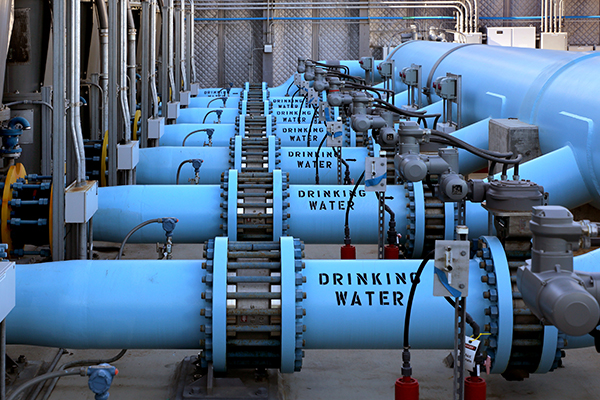
About the plant
The plant provides enough high-quality water to serve about 400,000 people. It is part of a $1 billion project that includes the nation’s most technologically advanced and energy-efficient seawater desalination plant, a 10-mile large-diameter pipeline and improvements to Water Authority facilities for distributing desalinated seawater throughout San Diego County.
Water from the Carlsbad plant is more expensive than the region’s traditional imported water sources, but it has the significant advantages of being drought-proof and locally controlled. The plant also is south of the major Southern California fault lines, providing added water supply security in case an earthquake severs imported water supply lines.
What Is Desalination?
Desalination uses reverse osmosis technology to separate water molecules from seawater. Water from the ocean is forced through thousands of tightly-wrapped, semipermeable membranes under very high pressure. The membranes allow the smaller water molecules to pass through, leaving salt and other impurities behind.

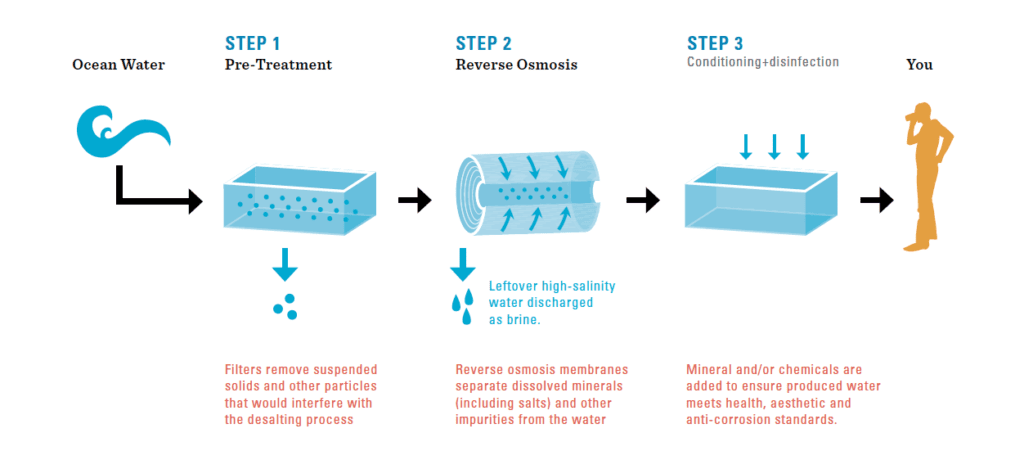
Want to dig deeper and learn more?







Desalination 101 (The nuts and bolts)
The Claude “Bud” Lewis Carlsbad Desalination Plant is capable of delivering more than 50 million gallons of fresh, desalinated drinking water per day – enough to serve approximately 400,000 people in San Diego County. Commercial operations began in late 2015, providing the region with a reliable and locally controlled water source.
The Desalination Plant and Process Locations


Drawing Water from the Pacific Ocean
On a typical day, the Carlsbad plant uses 100 million gallons of seawater from the Pacific Ocean that enters through an intake on the shores of Agua Hedionda Lagoon. Seawater is drawn into the pump station and transported to the plant via the 72-inch seawater feed pipe to begin the desalination process.
Roughly half of the water flowing through the plant is converted into drinking water for the region. The remaining water, carrying all of the original salt and minerals, is returned to the ocean through the lagoon.




Removing Impurities
Most people think of desalination only as removing salt, but the process also removes other mineral, biological and organic impurities to produce extremely high-quality water.
When seawater arrives at the plant, it goes through a pretreatment process to eliminate algae, organic materials and other particles. Seawater is pumped into multimedia filter tanks which contain layers of anthracite and sand atop a bed of gravel. Then, the water moves into the second pretreatment stage to remove smaller impurities.

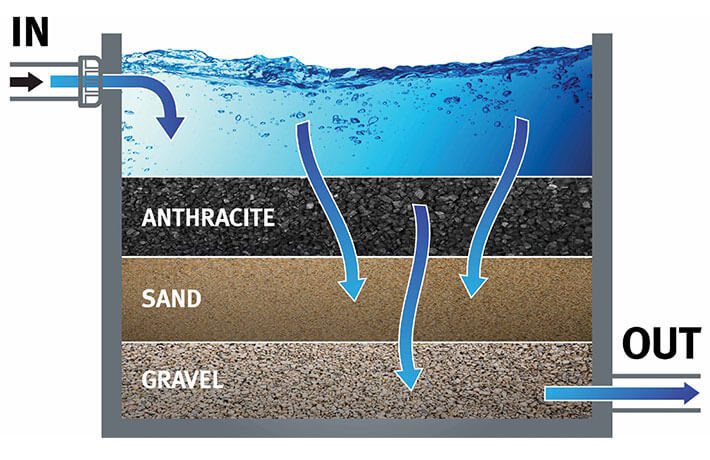
Secondary Pretreatment


Before seawater enters the reverse osmosis filters to separate the salts, it must go through the second stage of pretreatment called microfiltration to remove smaller – oftentimes microscopic – impurities. At this point, virtually all impurities other than dissolved salts and minerals have been removed from the water, but it still needs to go through one more step to remove the dissolved salts and minerals to be ready for drinking.

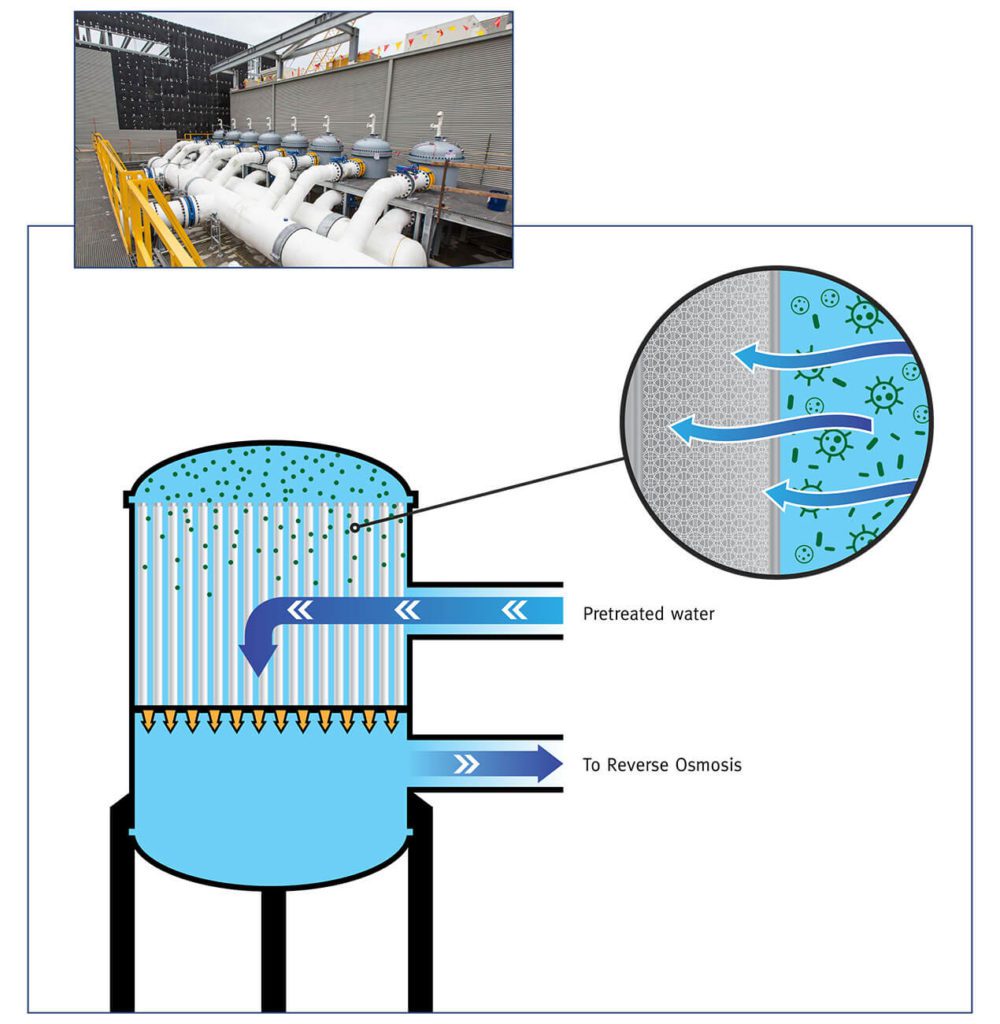
The Center of the Desalination Process
Reverse osmosis is the heart of the Carlsbad plant. During this process, dissolved salt and other minerals are separated from the water, making it fit for consumption. This reverse osmosis building contains more than 2,000 pressure vessels housing more than 16,000 reverse osmosis membranes.



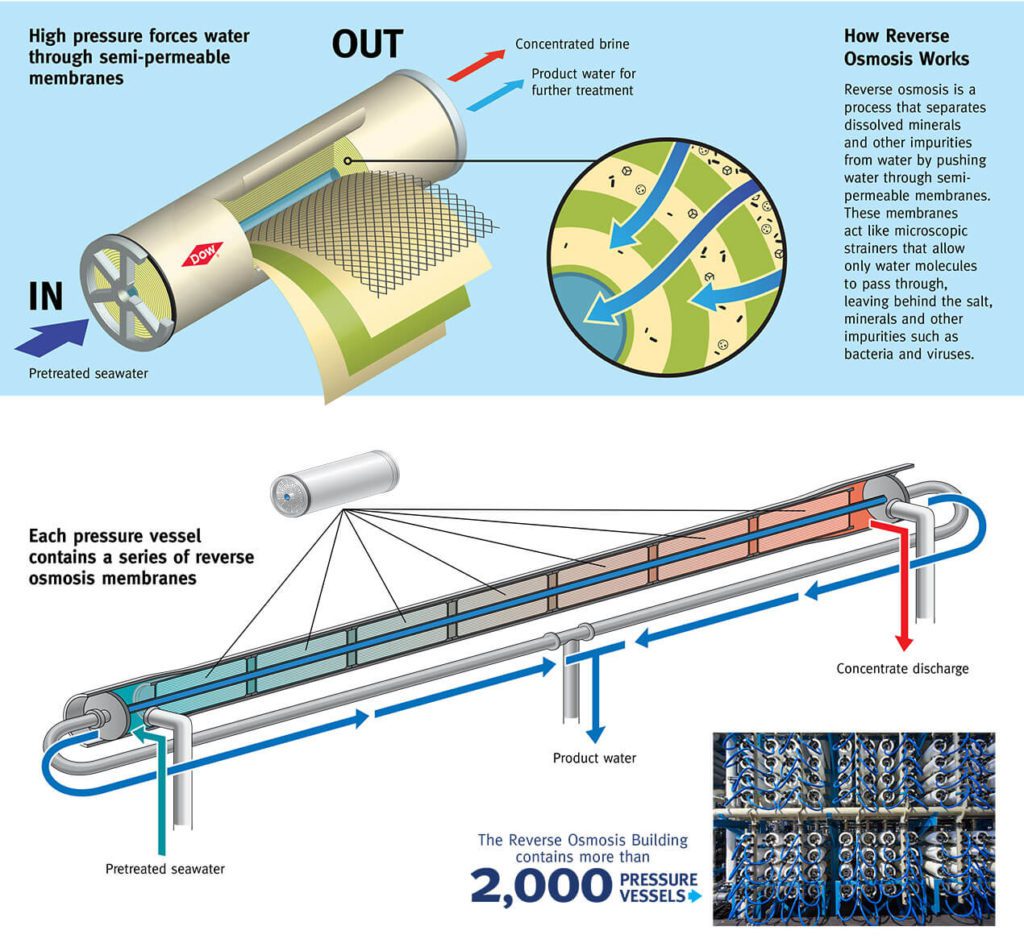
Returning Salty Water to the Sea
The byproduct of reverse osmosis – called brine – contains roughly twice as much salt as seawater. Before it’s discharged to the ocean, brine from the plant is diluted with seawater to reduce its salinity and ensure minimal impacts to the ocean.

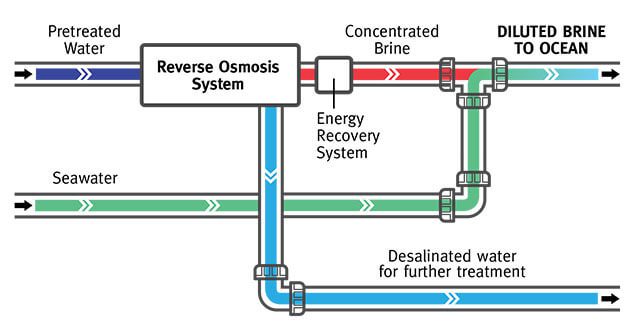
Recycling Energy to Conserve Resources

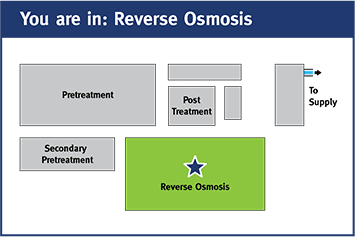
The Carlsbad plant uses energy recovery devices that recycle the pressure from the reverse osmosis process. These devices save an estimated 146 million kilowatt-hours of energy per year, reducing carbon emissions by 42,000 metric tons annually – roughly equivalent to the annual greenhouse gas emissions from 9,000 passenger vehicles.
There are 144 energy recovery devices at work in the plant, reducing the overall energy consumption of the reverse osmosis process by 46 percent.
The energy recovery devices capture the hydraulic energy created by the high pressure reject stream of seawater produced during the reverse osmosis processes and transfer it into incoming seawater, without consuming any electrical power themselves.

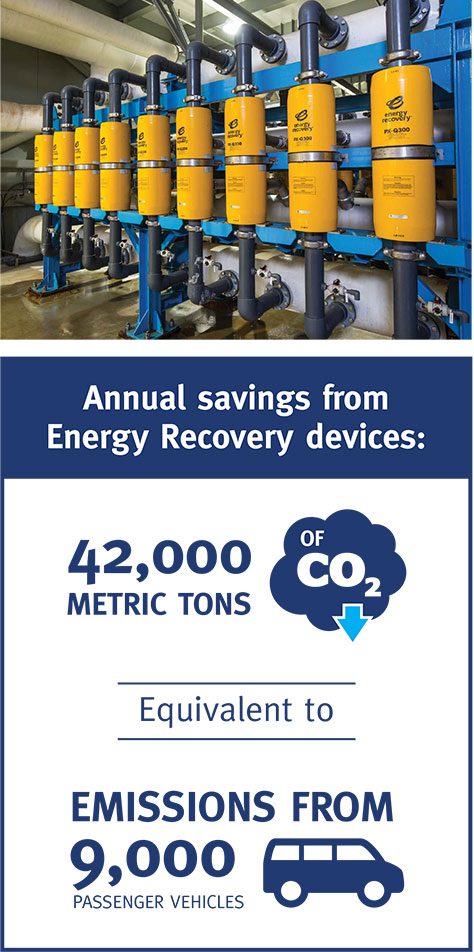

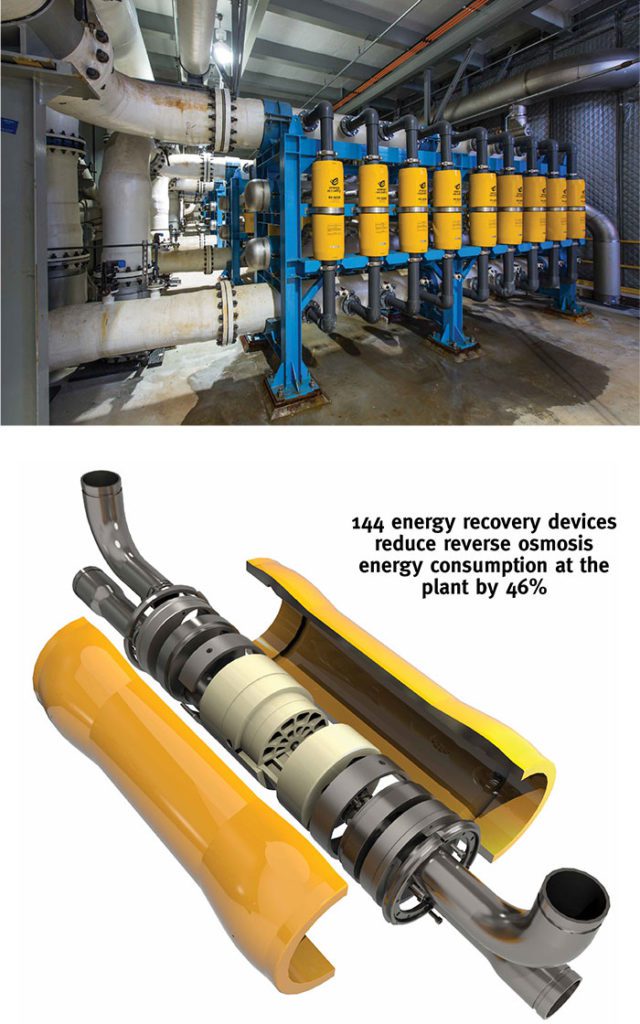
Finishing the Process


After reverse osmosis filtration, the fresh water is nearly ready for consumption. But before making its way into your faucet, the water must undergo “post treatment.” This includes adding some minerals back into the water and disinfection with chlorine.


From the Carlsbad Desalination Plant to You
Now the water begins its journey from the plant to taps all across San Diego County. That process starts by pumping water through a 10-mile, 54-inch pipeline to the east through Carlsbad, Vista and San Marcos to the San Diego County Water Authority’s Second Aqueduct. Then, the water moves north to the Water Authority’s Twin Oaks Valley Water Treatment Plant, where it’s blended with imported water supplies and routed into large-diameter pipes for delivery throughout the region.


The Carlsbad Desalination Project meets rigorous environmental standards set by state and local agencies, including the California Coastal Commission. By boosting the project’s energy efficiency, offsetting greenhouse gas emissions and enhancing coastal habitat, the project was designed with environmental stewardship in mind.
Poseidon’s Climate Action Plan calls for the plant to be net carbon neutral over 30 years by offsetting greenhouse gas emissions from project operations. This is done through the purchase of carbon offsets and energy recovery technology at the desalination plant.
Energy recovery devices save an estimated 116 million kilowatt-hours of energy per year, reducing CO2 emissions by 42,000 metric tons annually – roughly equivalent to the annual greenhouse gas emissions from 9,000 passenger vehicles.
Poseidon also is restoring 66 acres of wetlands in San Diego Bay and Poseidon is preserving the 400-acre Agua Hedionda Lagoon by assuming responsibility for the continued stewardship of the lagoon.




















The cost of water
Water from the Carlsbad Desalination Plant is more expensive than the region’s traditional imported water sources, but it has the significant advantages of being drought-proof and locally controlled. The plant also is south of the major Southern California fault lines, providing added water supply security in case an earthquake severs imported water supply lines.
Desalinated water from the plant costs typical homeowners about $5 per month, at the low end of projections when the project was launched in late 2012.
Based on current electricity cost estimates, the Water Purchase Agreement sets the price of water from the Carlsbad Desalination Plant depending on how much is purchased annually. The first 48,000 acre-feet of water purchased each year will pay for the fixed costs of the project and the variable costs of water production. The Water Authority has the option to purchase an additional 8,000 acre-feet per year at a lower rate that reflects only the variable costs of incremental water production.
The Water Purchase Agreement allows for annual price increases for inflation estimated to average 2.5 percent per year. This compares favorably to the average 9.9 percent increase per year in imported treated water rates imposed by MWD from 2005 through 2018. In addition, Poseidon will be allowed to increase its price to accommodate changes in law or regulations that generally apply industry-wide to water treatment and desalination facilities. These cumulative increases are capped at 30 percent over the 30-year term of the agreement.
In December 2012, financing for the Carlsbad Desalination Project closed successfully, bringing with it $734 million in tax-exempt bond financing. The Water Authority worked with Poseidon to secure a favorable interest rate of 4.78 percent, saving an estimated $200 million in financing costs over three decades compared to earlier projections. Independent analysts cited the Water Authority’s financial stability and strong credit ratings, along with the strategic importance of the desalination plant, as critical factors in their positive assessments of the debt.
Water Purchase Agreement Documents
For more information on the Water Furnishing Revenue Bonds, Series 2012 (San Diego County Water Authority Desalination Project Pipeline) (Series 2012 Pipeline Bonds), including CUSIPs and the Limited Offering Memorandum, click here.
Water Purchase Agreement (Technical appendices to the agreement are available on request)
Board memo and resolution: Potential Adoption of Seawater Desalination Water Purchase Agreement


1960s
General Atomics commercializes reverse-osmosis technology
San Diego based General Atomics commercializes a water purification system called reverse osmosis membrane technology
President John F. Kennedy casts vision for seawater desalination
President John F. Kennedy, “No water resources program is of greater long-range importance than our efforts to convert water from the world’s greatest and cheapest natural resources – our oceans – into water fit for our homes and industry. Such a break-through would end bitter struggles between neighbors, states and nations.”
January 1961



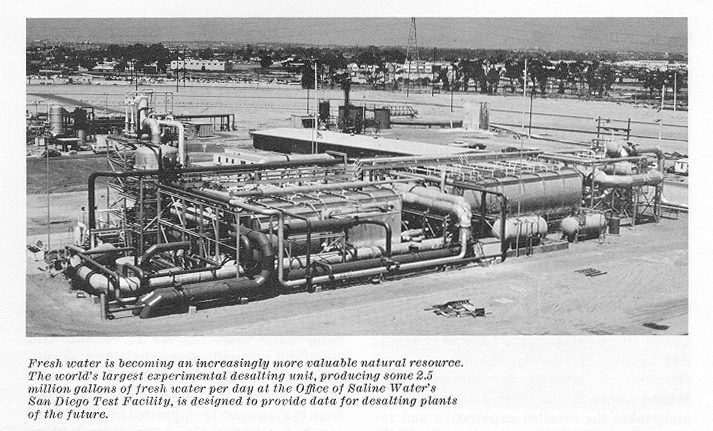
1964
San Diego-based desalination unit
The federal Office of Saline Water relocates a steam-powered “flash evaporator” desalination plant from a demonstration site at Point Loma (on the San Diego County coastline) to Guantanamo Bay, Cuba. The evaporator technology was eventually replaced with reverse osmosis membranes.
Drought conditions lead to a climatic trend toward hotter and drier conditions and a multi-decade strategy to improve the San Diego region’s water reliability
The 1987-92 a forces water agencies across the West to rethink conventional models for meeting water demands. The drought also leads to a multi-decade strategy by the Water Authority to improve the reliability of the region’s water supply – a determination to fundamentally change course by developing numerous climate-resilient resources: conservation, water transfers, recycled water, groundwater and desalinated seawater. Until this point, the Water Authority has mainly focused on purveying imported water through large-diameter pipes to member agencies who in turn served San Diego County’s growing economy and population.
1987-1992


1990-1991
Metropolitan Water District of Southern California moves from Stage 1 to Stage 5 Drought Response
In less than three months between late 1990 and early 1991, MWD sped through its drought response stages, moving from Stage 1 to Stage 5 and imposing a combined 31 percent cutback for municipal and agricultural customers in the San Diego region. In March 1991, MWD added another stage – Stage 6 – that would amount to a 50 percent water supply reduction for Water Authority’s service area and a devastating blow to San Diego County’s $1 billion farm industry, its emerging life sciences industry, and the rest of the economy. The Water Authority sets out in search of a diversified water supply portfolio that would protect it from overreliance on a single provider of imported water. Nearly the entire supply – 95 percent – is imported water purchased from the Metropolitan Water District of Southern California.
Desalination develops slowly for civilian purposes
Despite its local origins, desalination develops much slower for civilian purposes in San Diego County, even after interest was revived by the drought of 1987-92. Reverse osmosis technology is still being refined. It remains too expensive compared to the region’s historical supplies from the Rocky Mountains and the Sierra Nevada. In addition, it would take much longer to design, permit and build a desalination plant than to increase conservation or even build recycled water reuse (purple pipe) projects in response to drought conditions.
Early 1990s

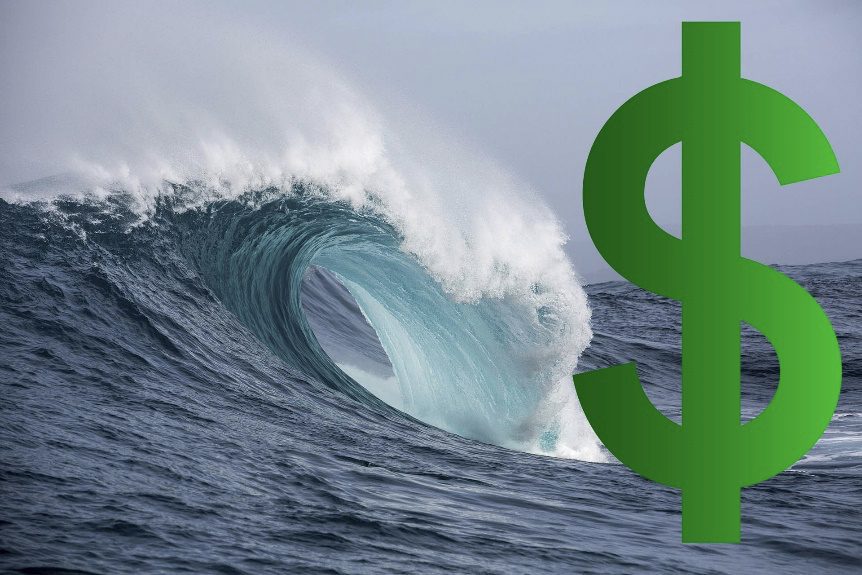
1991
Local vision for desalination grows; two potential sites emerge
Two potential sites for seater desalination facilities emerge from a 1991 Water Authority study, next to power plants on the San Diego County coastline. The power plants at Carlsbad and Chula Vista offer proximate sources of energy, but also water supply infrastructure because both relied on existing ocean intakes for cooling. The Encina Power Station site in Carlsbad is deemed the more viable option because of its location and proximity to the Water Authority delivery system. Both sites raise questions about how this new water source at sea level would be integrated into the regional delivery system, which relies on parallel aqueducts running through inland valleys 10 to 15 miles to the east.
Seawater desalination recognized as potential water supply
Desalination is officially recognized as a potential water supply for the San Diego region in the Water Authority’s 1995 Urban Water Management Plan.
1995

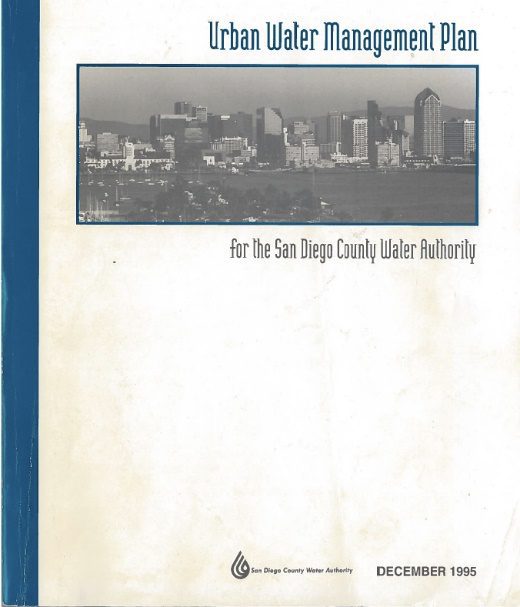


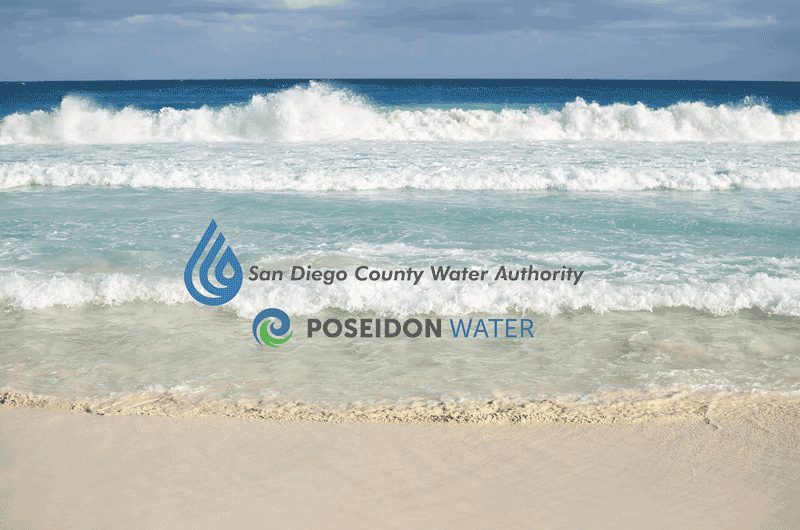
1998
Poseidon arrives in San Diego County
Sensing the potential for desalination business in Southern California, privately owned Poseidon Water arrives in San Diego County with a model from the electricity industry in which private developers generate a resource and sell it to “off-takers” such as utility agencies.
Desalination feasibility study complete
July 2001



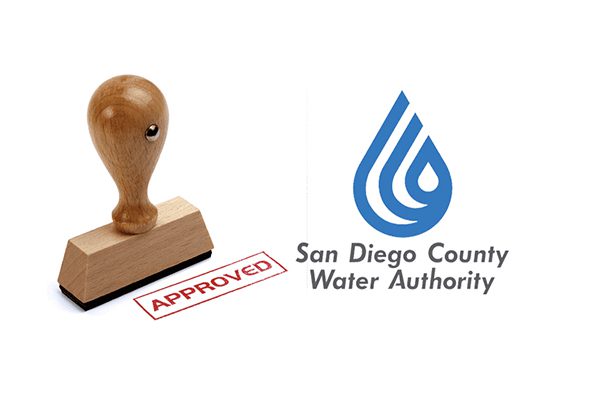
December 2001
Water Authority Board approves term sheet with Poseidon for a potential Carlsbad project
Water Authority approves term sheet regarding business terms for a potential Carlsbad project. While this term sheet does not result in a purchase agreement, it serves as the starting point for subsequent negotiations that restart in 2010.
November 2002




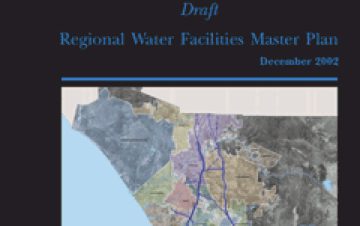
January 2003
Seawater desalination to be studied at San Onofre
The Water Authority studies the potential for a desalination plant co-located with the San Onofre Nuclear Generating Station, which uses large seawater intakes for cooling. The option is eventually abandoned based on input and direction from Marine Corps Base Camp Pendleton and study efforts refocused on the southern end of the base.
June 2003

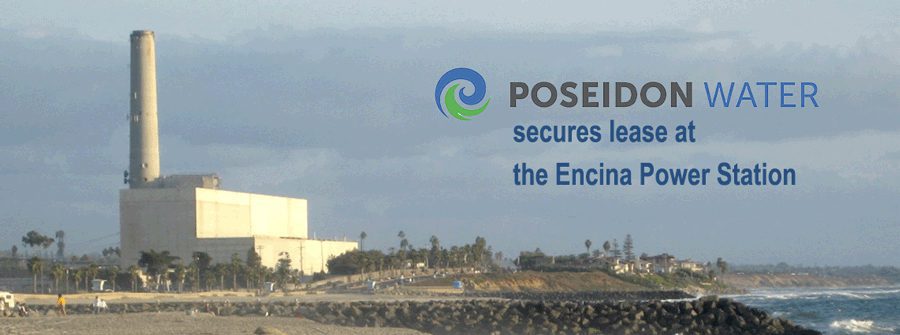
July 2003
Negotiations suspended with Poseidon
The Water Authority Board suspends development negotiations with Poseidon Water for a seawater desalination facility at the Encina Power Station in Carlsbad. The Water Authority continues independent studies on the Encina project.
January 2004

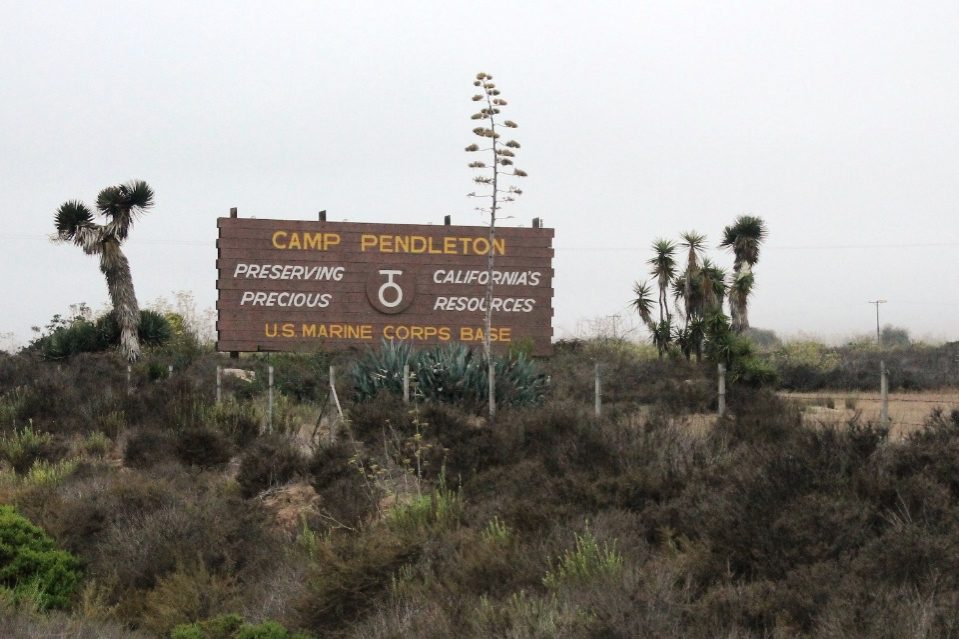
2004
The Water Authority begins discussions with Marine Corps
The Water Authority begins active discussions about a potential seawater desalination plant on Camp Pendleton, a Water Authority member agency with a 125,000-acre installation, 17 miles of coastline and tens of thousands of thirsty troops. These discussions lead to a 2009 feasibility study.
Water Authority member agencies recommend seawater desalination
The Member Agency Rate Impact Review Committee, comprising general managers from the Water Authority’s member agencies, recommends the “supply from the west” alternative – seawater desalination – as the foundation of a nearly $2 billion plan for meeting water supply needs in San Diego County through 2030.
May 2004

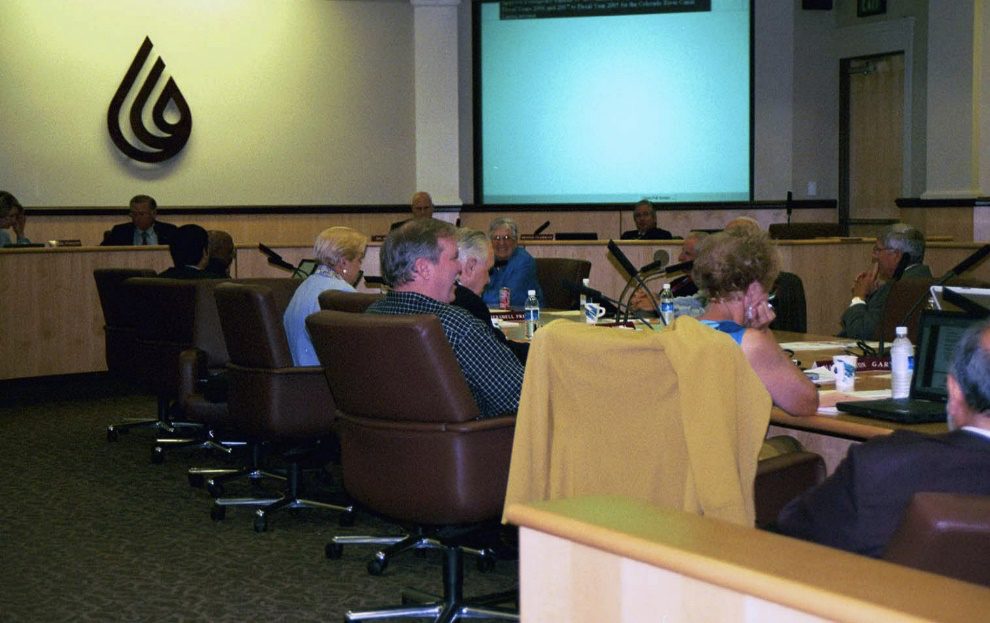
2005
Water Authority Board pushes for seawater desalination
The Water Authority’s Board affirms its support for seawater desalination as an important new source of water supply (as it had done in 2000 and 2003 and would do again in 2010) and it sets a goal to develop capacity for 56,000 acre-feet a year of seawater desalination capacity by 2020.
Water Authority board approves seawater desalination agreement with Carlsbad
The Water Authority Board approves an agreement with the City of Carlsbad that defines how the two agencies plan to work together to develop a regional seawater desalination plant at the Encina Power Station in Carlsbad. The agreement between the two agencies focuses on a single regional project that would allow the Water Authority to deliver desalinated seawater throughout San Diego County and provide a local supply for Carlsbad.
April 2005

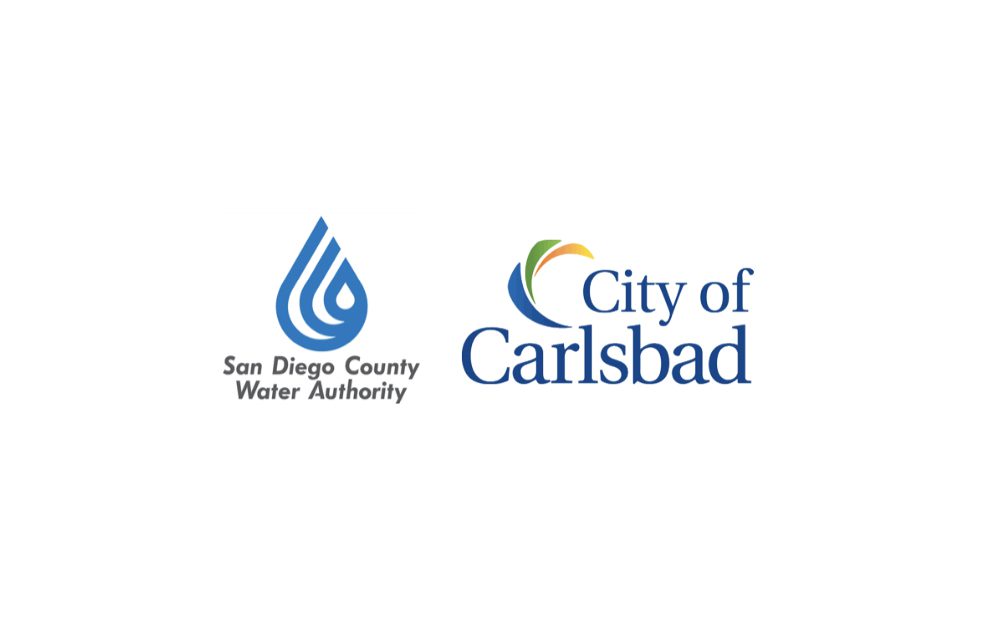

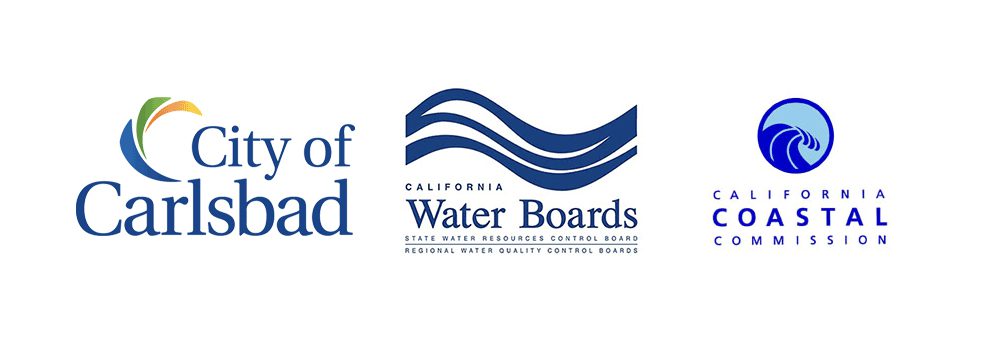
November 2007
Final regulatory hurdles complete and Carlsbad desalination project approved
Carlsbad City Council (2006), Regional Water Quality Control Board (2006), and California Coastal Commission (2007) approve desalination project.


July 2010
Water Authority Board approves terms and conditions for negotiating Carlsbad Desalination Project Water Purchase Agreement
The Water Authority’s Board approves key terms for purchasing water from a proposed Carlsbad seawater desalination project, enabling staff to begin negotiating specific elements for a water purchase agreement with Poseidon Water, the private firm developing the Carlsbad Desalination Project. These elements include water purchase price, allocation of risk and options to eventually purchase the project’s pipeline and the entire desalination plant.
Water Authority seeks public opinion: more than 80 percent support seawater desalination
The Water Authority seeks public input about desalination through its regular public opinion surveys in 2006, 2008, 2010 and 2012. Each time – whether the region was in drought or not – more than 80 percent of respondents say seawater desalination is an important piece of required water supply reliability efforts.
2006, 2008, 2010 & 2012

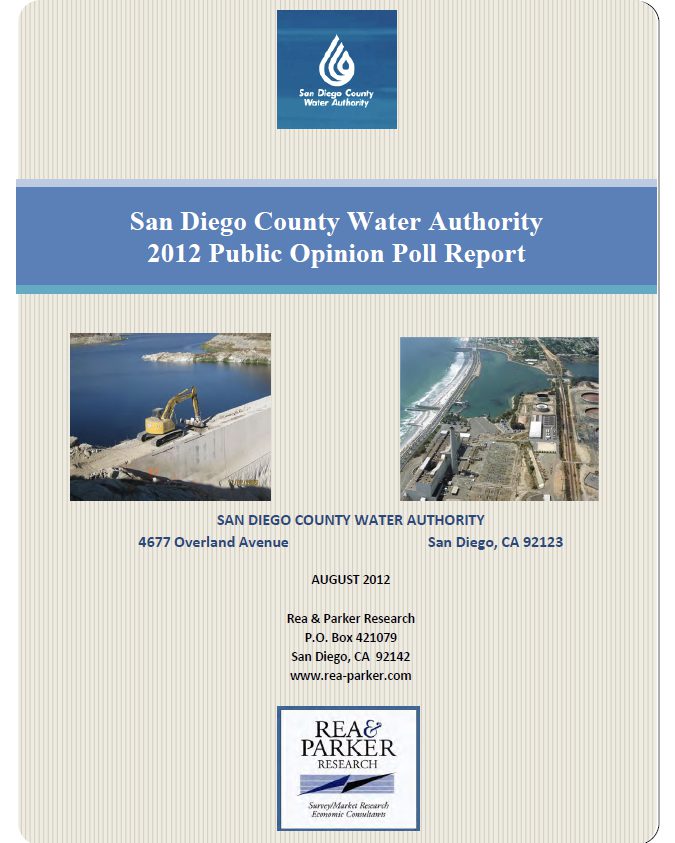

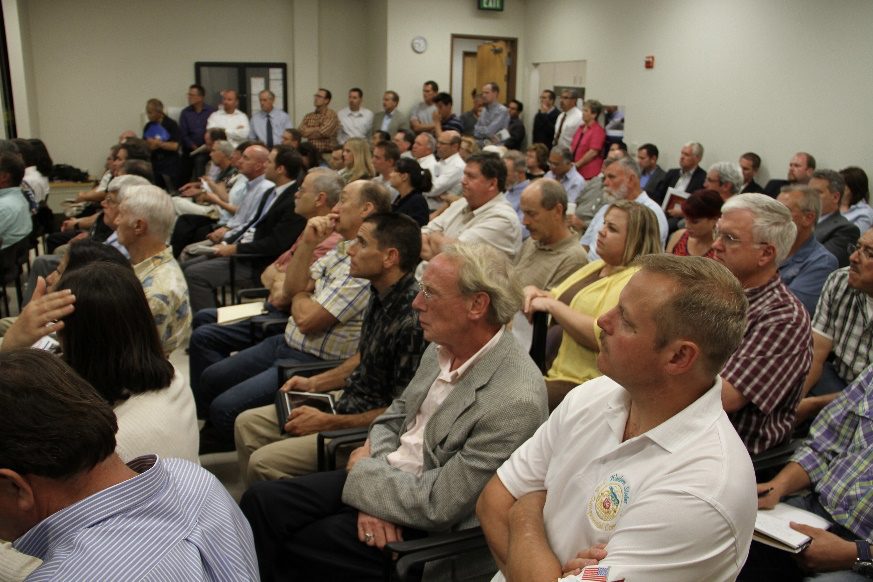
September 2012
Public reviews Water Authority Purchase Agreement
The Water Authority releases the Water Purchase Agreement with Poseidon Water. The Water Authority’s Board holds 26 public meetings to discuss the contract and the project, and six public meetings to discuss specifics of the purchase agreement after the agreement is released. The agreement proposes funding a three-part desalination project to include the desalination plant; a 10-mile, 54-inch diameter conveyance pipeline to connect the plant to the Water Authority’s existing aqueduct; and upgrades its existing infrastructure. According to the terms, the Water Authority would have the option – but not the obligation – to buy the $537 million plant after the first decade of operation using a preset price formula and to buy the plant for $1 after 30 years. As for the $159 million pipeline, the Water Authority would own the pipeline and operate it once commercial water production begins. If Poseidon failed to deliver water, Poseidon would have to pay the pipeline’s debt service, part of the Water Authority’s effort to protect ratepayers.
Water Authority Board approves landmark seawater desalination Water Purchase Agreement
The Water Authority’s Board approves the 30-year Water Purchase Agreement with project developer Poseidon Water. The innovative contract protects water ratepayers from cost overruns and construction problems. “Adding desalination to our portfolio is monumental in the same way that importing water from the Colorado River was in the 1940s,” said Thomas V. Wornham, chair of the Water Authority’s Board of Directors. “We are making this investment not only for our own security but to maintain our quality of life for future generations.”
November 2012

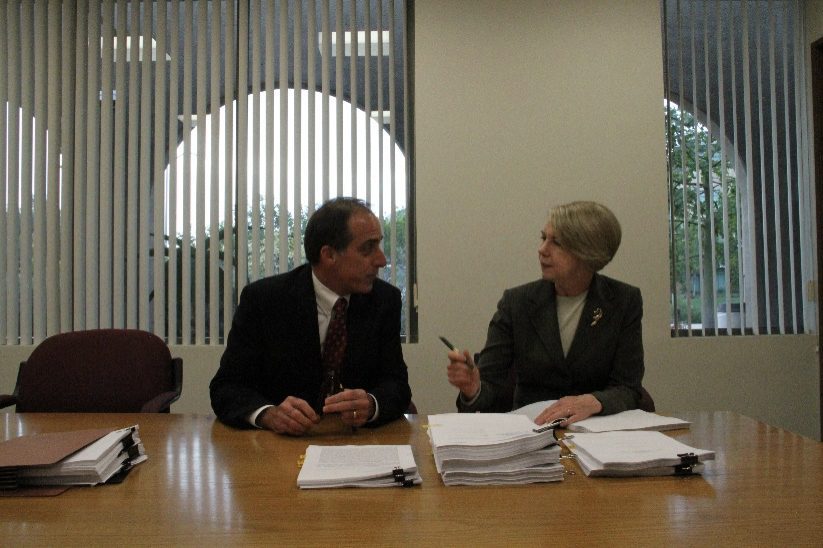

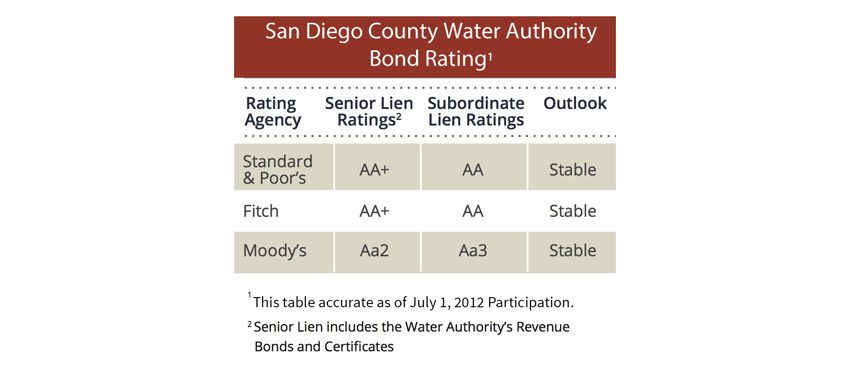
December 2012
$734 million Carlsbad Desalination Project financing closes and bond sale saves ratepayers $200 million
The Water Authority teams with Poseidon to sell $734 million construction bonds. The Water Authority’s credit rating and history of successful high-profile projects gave investors confidence in the project, which was one of the few large bond opportunities available to investors at the time. Because of near-historic lows on the bond market, the final financing package would save $125 per acre-foot – or about $200 million over three decades – compared to earlier projections used by the Water Authority Board. Stonepeak, Poseidon’s equity investor, posted $173 million in equity to complete the financing.
Construction begins
Construction at the Carlsbad desalination site begins, led by Kiewit Shea Desalination, a joint venture of Kiewit Infrastructure West Co. and J.F. Shea Construction. Besides the plant, the project includes a large-diameter pipeline in North County, along with upgrades to Water Authority facilities. It will account for about one-third of all the water generated in San Diego County, helping reduce reliance on imported water as part of the Water Authority’s multi-decade strategy to improve the reliability of the region’s water supply by diversifying its portfolio of water sources. The project is projected to generate 2,500 jobs and infuse $350 million into the local economy during construction.
December 2012

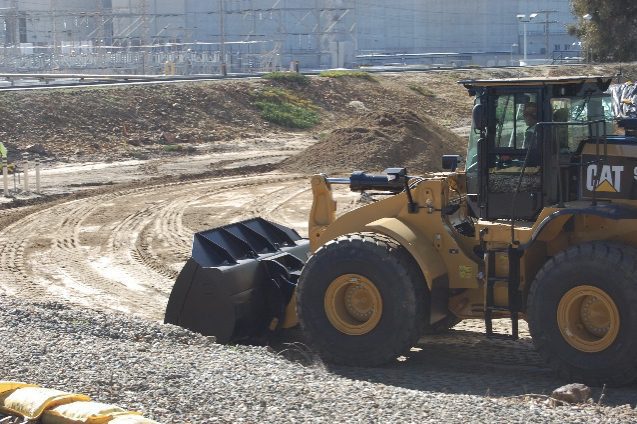

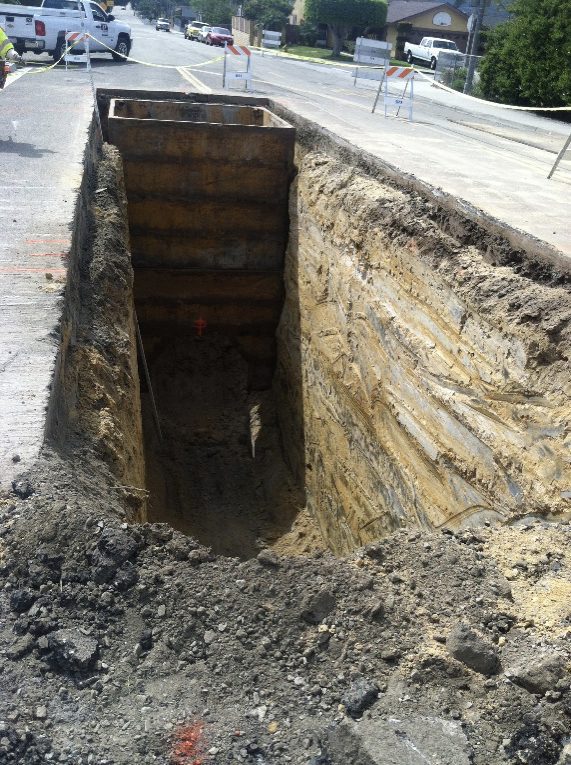
March 2013
Pipeline construction starts in San Marcos
Work begins on the 10-mile pipeline to connect the Carlsbad Desalination Project with the Water Authority’s Second Aqueduct. The pipe is engineered to withstand the pressure required to move it uphill to the regional distribution system.
Carlsbad Desalination Project wins “North American Water Deal of the Year”
The partnership between the Water Authority and Poseidon to develop the Carlsbad Desalination Project is named the 2012 “North American Water Deal of the Year” by Project Finance, an international trade publication that annually highlights major industry accomplishments around the world. The magazine’s March issue said the $734 million bond issue “could serve as a useful template” for public-private partnerships in the water industry, particularly for seawater desalination projects.
March 2013

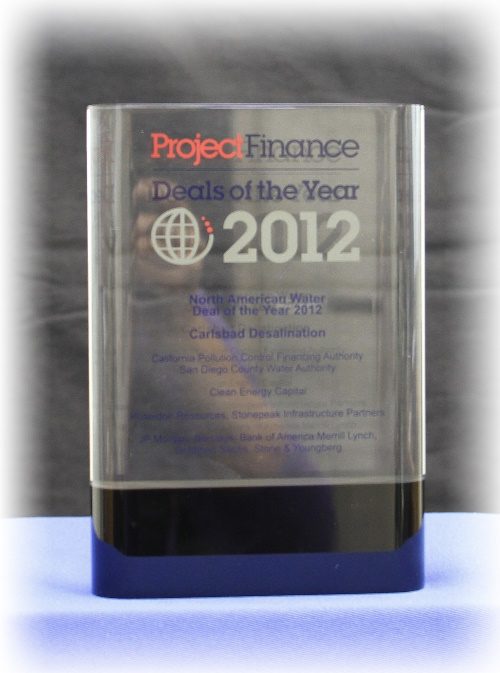


May 2013
Grand jury finds Water Authority made ‘substantial progress’ diversifying supplies: report urges continued pursuit of conservation, desalination and other strategies
The San Diego County Grand Jury says in a report that the Water Authority “has made substantial progress in diversifying water supply sources” that bolster the region’s economy and quality of life. It also concludes that the Water Authority should “continue to pursue a vigorous policy to lessen dependence on imported water by continued conservation, reuse and reclamation, additional emergency storage projects and new desalination projects.”
Carlsbad desalination project named “Far West Deal of the Year”
The financing for the Carlsbad project is named the “Far West Deal of the Year” for 2013 by The Bond Buyer magazine, which for more than a decade has selected outstanding municipal bond transactions for special recognition. “The deal – executed as a public-private partnership with Poseidon Water – represents the first-ever project financing of a seawater desalination plant in the municipal market, establishing a new asset class for investors.”
November 2013

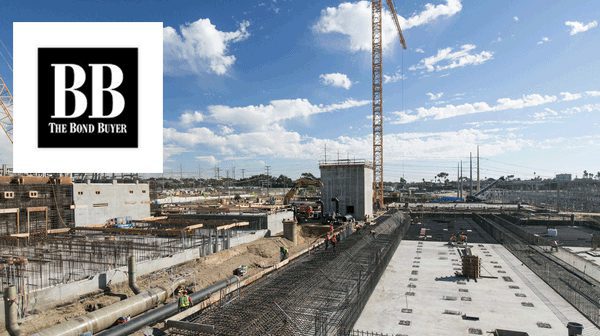

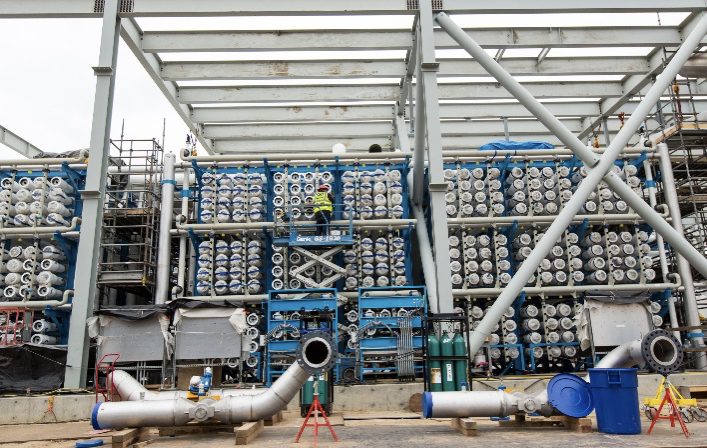
January 2014
Nation’s largest desalination plant is 25 percent complete
City leaders, Water Authority Board officers, IDE Technologies, NRG Energy and Poseidon Water executives visit the Carlsbad Desalination Project site to mark the first anniversary of construction on the nation’s largest seawater desalination plant, which is more than 25 percent complete.
Crews reach halfway point on pipeline
The 10-mile pipeline that will connect the Carlsbad plant to the Water Authority’s distribution system is 50 percent complete. Approximately five miles – or 26,400 linear feet – of the large-diameter pipe has been installed through San Marcos, Vista and Carlsbad.
May 2014

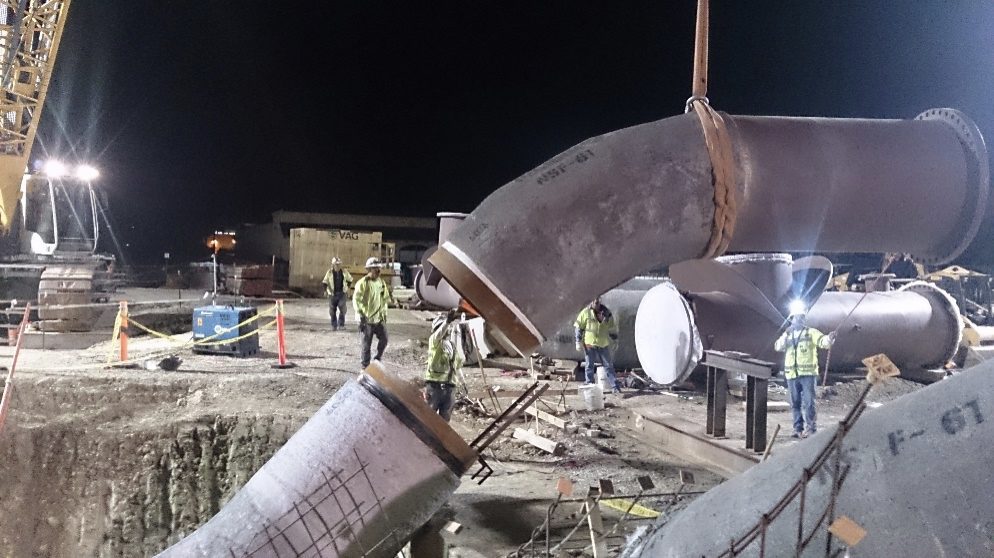

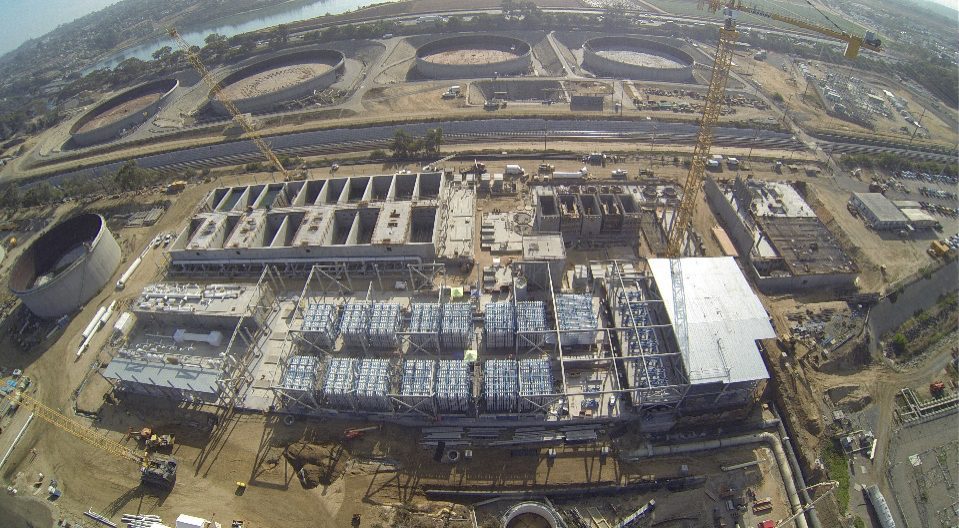
October 2014
Desalination project 65 percent complete
At the start of the 2015 “water year,” the largest seawater desalination project in the Western Hemisphere is 65 percent complete and on schedule for delivering drought-proof water supplies to the Water Authority in late 2015.
Project crews complete construction of 10-mile pipeline
Carlsbad Desalination Project crews install the final segment of the 10-mile conveyance pipeline that connects the Carlsbad plant to the Water Authority’s regional water distribution system. Construction crews lower the final piece of pipe – No. 2177 – into Macario Canyon in Carlsbad, completing a major element of the historic project.
June 2015

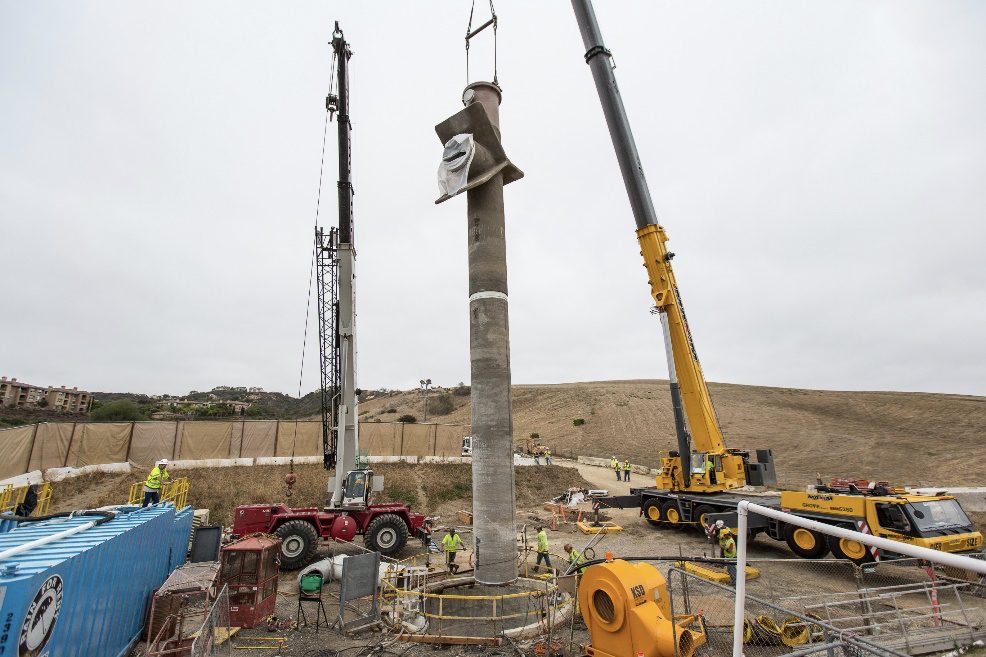

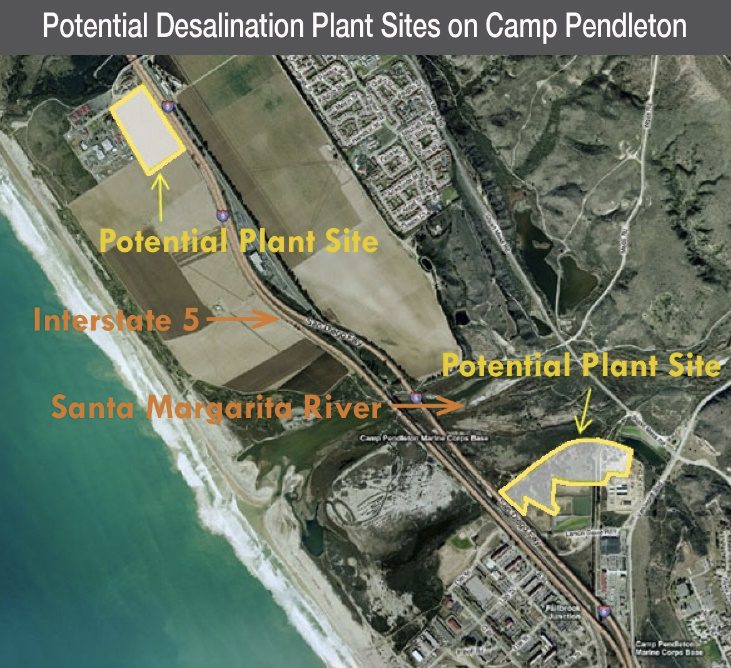
September 2015
Water Authority to test seawater intake technologies for possible Camp Pendleton desalination plant
The Water Authority’s Board approves a new agreement with U.S. Marine Corps Base Camp Pendleton to study seawater intake options for a potential desalination project on the base. The Board also authorizes a $4.05 million contract for building, operating and reporting on a pilot-scale seawater intake testing program that’s expected to take about two years.
Carlsbad Seawater Desalination Project dedicated
The $1 billion Claude “Bud” Lewis Carlsbad Desalination Plant is producing approximately 50 million gallons per day, enough to serve an estimated 400,000 people (7 to 10 percent of the San Diego region’s demand)
December 2015

